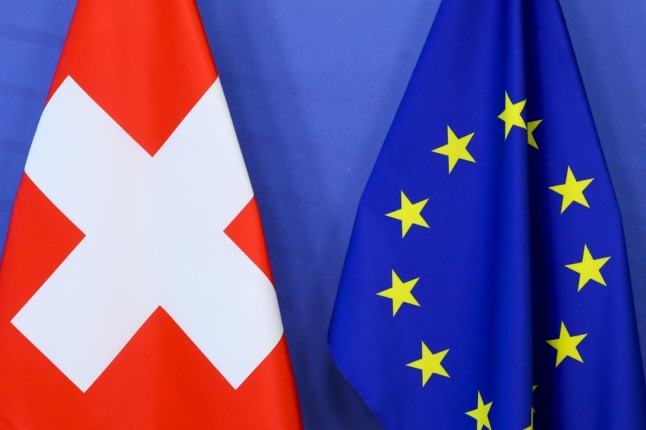Switzerland confirmed on Wednesday that it was handing over 1.1 billion francs to eight EU states as part of the latest “cohesion payment”.
The eight states set to benefit from the money are: Bulgaria, Croatia, Cyprus, Estonia, Hungary, Malta, Romania and Poland.
What’s the money for?
Essentially the payment will fund a range of projects in those countries until 2029.
“Funds will be used in the selected EU states for specific programmes and projects which must also be co-financed by the partner country. In addition, partner countries can choose programmes and projects from a range of thematic areas selected by Switzerland in line with their own national strategies,” according to a press release by the Swiss government.
“The cohesion framework credit will be used to support a total of 13 EU member states. The remaining five implementation agreements are currently being negotiated,” the government said.
READ ALSO: How immigration benefits Switzerland
These projects can include research, health, vocational training, integration, security, the inclusion of minorities, citizen engagement, biodiversity, environmental and climate protection, urban planning, support for small companies and tourism.
All programmes and projects must be completed by 2029.
Why does Switzerland pay the EU ‘cohesion payments’?
The payment towards the EU’s so-called Cohesion Fund is part of the price Switzerland is required to pay for access to the all-important EU single market.
Switzerland is not a member of the European Union, but it is a member of EFTA, the European Free Trade Area, together with Iceland, Liechtenstein, and Norway. It has several free trade agreements with the EU members and these cohesion payments are seen as an “entry fee” to enter the bloc’s single market.
READ ALSO: ANALYSIS: How likely is it that Switzerland will join EU in the next decade?
Besides participating in the European Single Market, the EFTA members are also part of the Schengen Area – but they are not subject to the EU Customs Union or many of the bloc’s regulatory and political rules.
The payments are part of the bilateral package of agreements from 1999 between the EU and Switzerland, allowing for all that brings both the bloc and the country closer.
Of course, Swiss authorities also mention other reasons for the payments. “Like the other EEA/EFTA states, Switzerland is helping to reduce economic and social disparities in the EU so as to contribute to European stability as a whole.”
A complicated background
Relations between Bern and Brussels haven’t always been easy and the Cohesion Fund payments have been on the line before.
BACKGROUND: Swiss MPs agree to pay €1 billion for EU Cohesion Fund
In 2019, as Switzerland and the European Union faced a crisis in relations over a framework agreement to streamline relations, Swiss politicians have argued extensively about whether or not to honour the payment.
Finally, they voted to release the funding on the condition that the EU “did not take discriminatory measures against Switzerland”. In 2021, the Parliament released the 1.1 billion second payment, which was approved this Wednesday by the Federal Council.




 Please whitelist us to continue reading.
Please whitelist us to continue reading.
Member comments